You know it’s coming. You feel that tickle way in the back of your head. Your nose scrunches up, your eyes squeeze closed, you draw in a deep breath, and then it explodes: AH-CHOO! Sneezing is your body’s way of getting rid of an irritation in your nose, and it’s suprisingly complicated. Sneezing involves muscles
You know it’s coming. You feel that tickle way in the back of your head. Your nose scrunches up, your eyes squeeze closed, you draw in a deep breath, and then it explodes:
AH-CHOO!
Sneezing is your body’s way of getting rid of an irritation in your nose, and it’s suprisingly complicated. Sneezing involves muscles in your face, your eyes, your chest, your lungs, your vocal cords, your throat, and your diaphragm (the big muscle under your lungs). Those are a lot of muscles to control, so your brain has a “sneeze centre” that makes sure all the muscles involved are working together.
When you sneeze, your body shoots out thousands of wet droplets from your nose and mouth. The force of a sneeze can be strong enough to send them out at 100 miles per hour – the same speed as tornado winds! They can also travel up to five feet away, so remember to cover your nose and mouth when you sneeze!
Sneezing is an involuntary reflex – that means once a sneeze starts, you can’t stop it! You also can’t keep your eyes open when you sneeze, because the sneeze centre closes them automatically.
If you’re sleeping, the muscles involved in the sneeze reflex are resting, and you don’t sneeze. But sometimes you can sneeze without needing to: plucking your eyebrows can cause sneezes because plucking irritates nerves in your face close to the nerve that triggers sneezes. And about 20% of people sneeze when they see a bright light! Are you one of them?

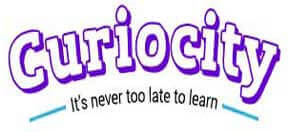



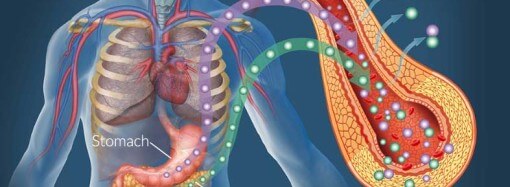


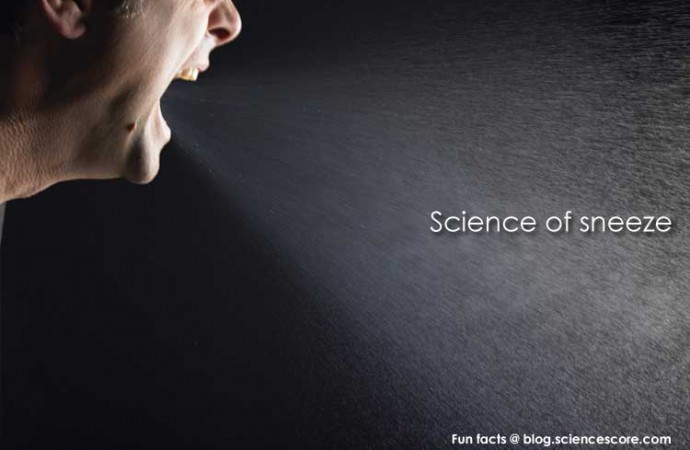


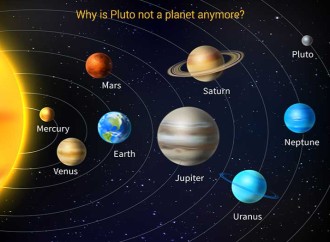



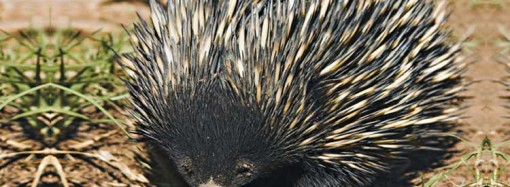






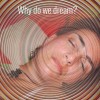
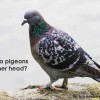




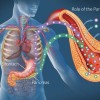





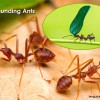











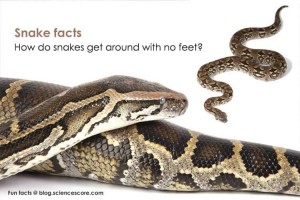

Leave a Reply